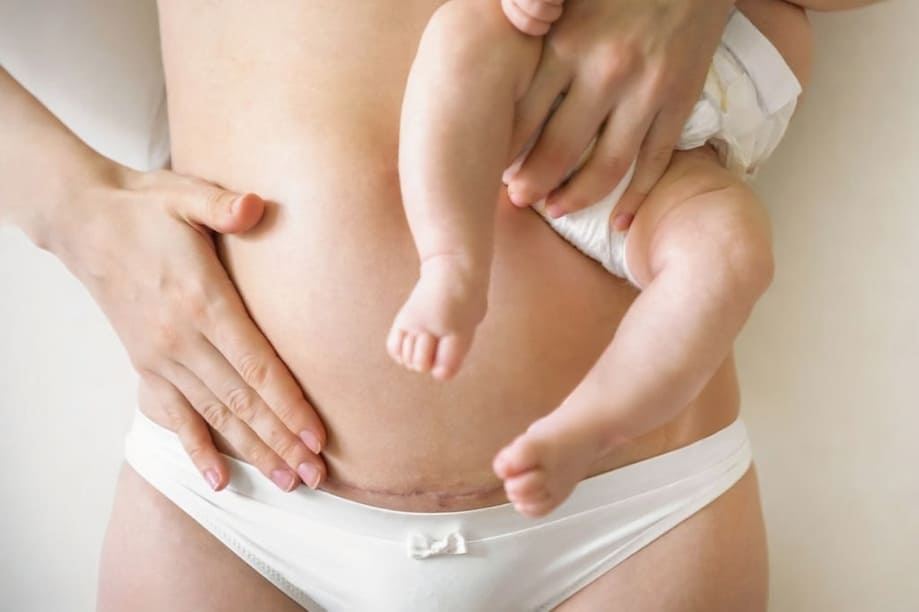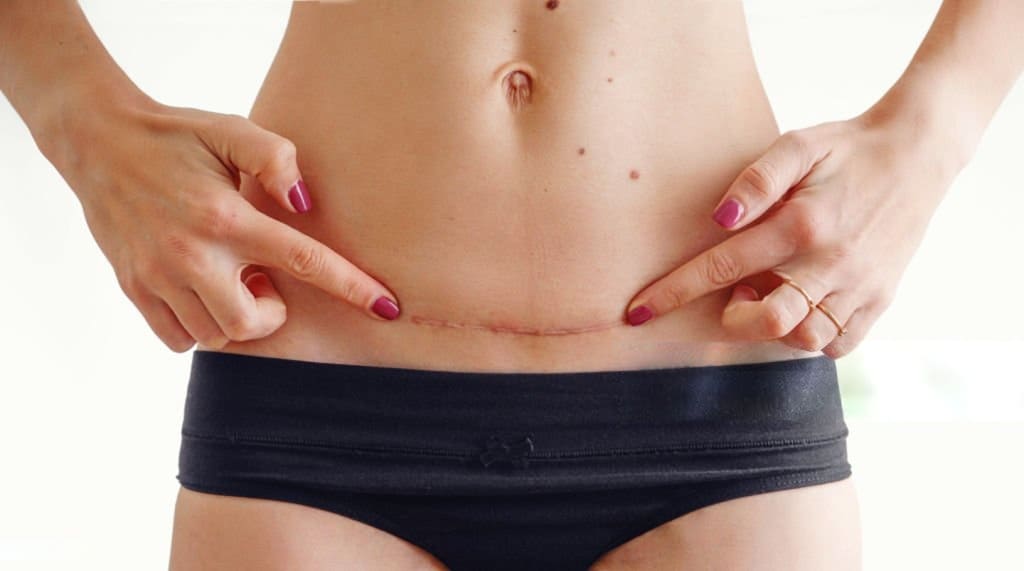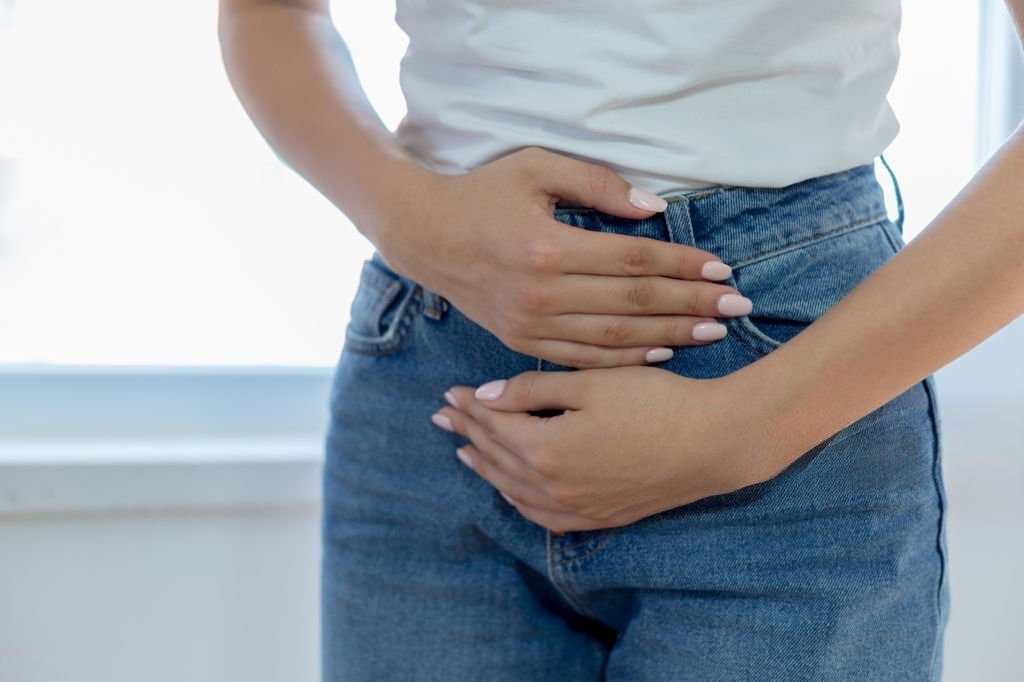Postpartum Health: Navigating Recovery, Hormonal Shifts, and Self-Care

The postpartum period can feel like a whirlwind, and for many women, the changes they experience—physically, hormonally, and emotionally—can be overwhelming. Understanding these changes and knowing how to support your body through them can significantly ease the transition. In this guide, we’ll break down the specific conditions and offer practical, self-driven solutions for recovery, hormonal balance, and mental health during the postpartum period.
1. Postpartum Physical Recovery: What to Expect and How to Support Your Body
The physical recovery from childbirth is different for every woman. Factors like vaginal birth, C-section, and pelvic floor health influence how quickly and effectively you recover.
Vaginal Birth Recovery
After a vaginal birth, the most immediate physical change is lochia, or postpartum bleeding, which can last anywhere from 4 to 6 weeks. This is your body's way of shedding the remaining uterine lining. Early on, it’s bright red, and over time, it becomes lighter and more brownish. The severity of bleeding varies, but it’s important to note that excessive bleeding (soaking through a pad in an hour or passing large clots) can indicate complications such as retained placenta or infection.

Why it happens: The uterus is contracting back to its pre-pregnancy size, which can cause discomfort and increased bleeding. The healing of any tears or episiotomies can also contribute to soreness and swelling.
What you can do:
- Ice packs and Sitz baths: These help reduce swelling in the perineal area. Fill your tub with warm water, sit for 15-20 minutes, and allow the warmth to increase circulation and reduce discomfort.
- Perineal massage: Gently massaging the perineum with a warm compress can improve blood flow to the area and help relieve soreness.
- Pelvic Rest: Avoiding strenuous physical activities and heavy lifting is essential for the first six weeks. If you experience any pain during sex or urination after this period, it may indicate a pelvic floor issue, which we'll address later.
C-Section Recovery
After a C-section, your incision site requires careful attention. The incision heals in stages—initially, there will be pain, and the area may feel tender or numb. The internal healing process takes 6 to 8 weeks, during which time the muscles, fascia, and uterus need to regain their strength.

Why it happens: C-sections involve cutting through multiple layers of tissue, including skin, muscle, and uterine walls. The healing process involves rebuilding these tissues and restoring abdominal muscle strength.
What you can do:
- Scar Tissue Massage: Once your incision is healed (usually after the first 6-8 weeks), massaging the scar area with coconut oil or vitamin E oil can help reduce adhesions and improve flexibility.
- Gentle Core Work: Strengthening the core with modified exercises like pelvic tilts and deep belly breathing can help re-engage the abdominal muscles without straining the incision site.
- Wear Loose Clothing: Tight clothing can irritate the incision. Opt for loose, soft fabrics, and avoid tight waistbands that press on the scar.
Pelvic Floor Health
After childbirth, many women experience pelvic floor weakness, which can lead to urinary incontinence or discomfort during sexual activity. This is common, but it’s manageable with the right exercises. Kegel exercises help strengthen the pelvic floor muscles and can greatly improve bladder control and sexual health.

Why it happens: The muscles responsible for holding the bladder, uterus, and bowels in place become overstretched, especially during a long or difficult labor. Even women who have had a C-section may experience pelvic floor dysfunction due to the stress and strain of pregnancy.
What you can do:
- Kegel Exercises: These exercises strengthen the pelvic floor muscles. To do a Kegel, tighten your pelvic muscles as if you were trying to stop the flow of urine, hold for 5 seconds, and release. Aim for 3 sets of 10 Kegels per day.
- Pelvic Floor Physical Therapy: A pelvic floor therapist can assess your muscle tone and recommend targeted exercises to restore strength and control.
2. Hormonal Changes After Birth: Navigating the Emotional Rollercoaster
The drastic drop in estrogen and progesterone after birth can cause significant emotional shifts. Alongside the physical recovery, women experience mental and emotional changes as their hormone levels stabilize.

Hormonal Shifts:
Estrogen and progesterone were elevated during pregnancy to support the baby, but after birth, these hormones drop rapidly. This sharp decline can trigger mood swings, irritability, anxiety, or even crying spells. You might find yourself overwhelmed or feeling emotionally fragile in the first few weeks post-birth.
Why it happens:
Pregnancy hormones were high for months to support the baby. Once the placenta is delivered, the body quickly rebalances. The drop in progesterone can cause mood swings, while low estrogen can contribute to dryness (especially vaginal dryness), hot flashes, and fatigue.
Breastfeeding and Hormones:
If you are breastfeeding, your body is also producing oxytocin, which helps with milk production and promotes bonding with your baby. However, breastfeeding also lowers estrogen levels, which can lead to vaginal dryness and other hormonal effects.
Tip: Stay hydrated and eat a balanced diet to support your breastfeeding journey. For vaginal dryness, a water-based lubricant can provide relief.
3. Postpartum Depression: Recognizing the Signs and Finding Relief
Postpartum depression (PPD) affects many new mothers, and it’s important to recognize the signs early. While some mood swings or feeling overwhelmed is normal, PPD can significantly affect your ability to function.

-
Why it happens:
PPD is often triggered by hormonal fluctuations, sleep deprivation, and the stress of adjusting to motherhood. For some women, a history of depression or lack of support can make them more vulnerable. -
What you can do:
- Light Therapy: Exposure to natural sunlight can help regulate your circadian rhythms and improve mood. A 10-20 minute walk outdoors in the morning or using a light therapy box in the evening can boost serotonin and reduce symptoms of depression.
- Journaling: Writing about your thoughts and feelings can be a therapeutic outlet for processing emotions and reducing anxiety. Consider keeping a journal to track your moods, as this can help identify triggers and improve emotional awareness.
- Gentle Movement: While intense workouts can be overwhelming, light exercises such as yoga, walking, or even dancing to your favorite music can trigger the release of endorphins, which help combat sadness and anxiety.
4. The Return of Menstruation After Birth: What You Need to Know
Understanding when and how your periods will return after childbirth can help you prepare for the physical changes ahead. The timing depends on several factors, including whether you’re breastfeeding and how your body is healing.

-
Why it happens:
Breastfeeding often delays the return of menstruation because the hormone prolactin (the milk-producing hormone) suppresses ovulation. This is why many women experience a delay in periods, particularly if they breastfeed exclusively. -
What you can do:
- Track Your Cycle: Even if you’re breastfeeding, you can still ovulate before your period returns, which means you can get pregnant again without having a period. Use a fertility awareness method or ovulation predictor kits if you wish to avoid pregnancy or plan for conception.
- Herbal Support: If you’re having difficulty with post-birth cycle regulation, herbs like raspberry leaf or vitex (chaste tree) can help balance hormones and support menstrual health. Always discuss with a healthcare provider before starting any herbs.
5. Self-Care for New Mothers: Prioritizing Your Well-Being
During the postpartum period, many mothers put their own well-being on the back burner. However, self-care is essential for your physical recovery and mental health.

-
Why it happens:
New mothers often put their baby’s needs first, neglecting their own health. Sleep deprivation, lack of nutrition, and emotional exhaustion can make it harder to practice self-care. -
What you can do:
- Create a Sleep Routine: Work with your partner or a family member to share nighttime responsibilities so you can get longer stretches of sleep. When possible, nap during the day to catch up.
- Eat Balanced Meals: Focus on whole, nutrient-dense meals that support energy and hormone balance. Foods rich in omega-3 fatty acids (like salmon, flaxseeds, and walnuts) can help stabilize mood, while leafy greens and whole grains promote gut health and digestion.
- Mindfulness and Relaxation: Integrate meditation or deep breathing techniques into your day. This can help reduce stress, improve sleep quality, and balance hormones naturally.
Amanda’s Thoughts
It’s not just about recovery—it's about empowering yourself to manage these changes. Your body will heal and recover, but knowing how to support it through this time makes all the difference. Be kind to yourself, take small steps every day, and celebrate the strength it takes to navigate this new chapter.
I remember how overwhelming the postpartum period felt when I became a mother. It was hard to navigate everything—physically, emotionally, and mentally. But over time, I learned to embrace the small, intentional steps that helped me feel more connected to myself and to my body. Taking care of your mental health, getting proper rest, and knowing when to ask for help are key to getting through the postpartum journey. You are stronger than you realize, and this phase will pass. Be patient with yourself.
The Bottom Line
Postpartum recovery isn’t just a physical process; it involves mental, emotional, and hormonal changes that take time to balance. By understanding the causes of these changes and taking action to support your body, you can move through this period with more confidence and less stress. Remember, recovery doesn’t happen overnight—be patient with yourself and celebrate your strength each day.




